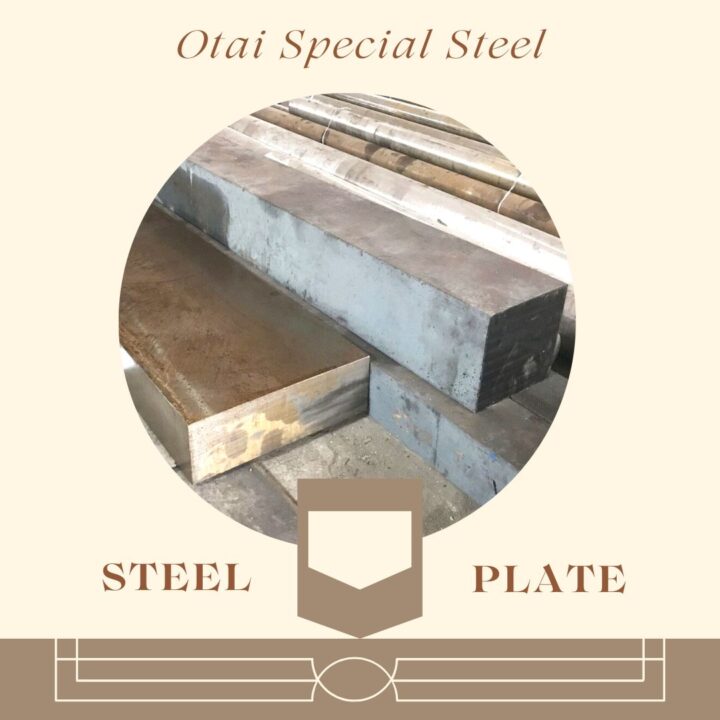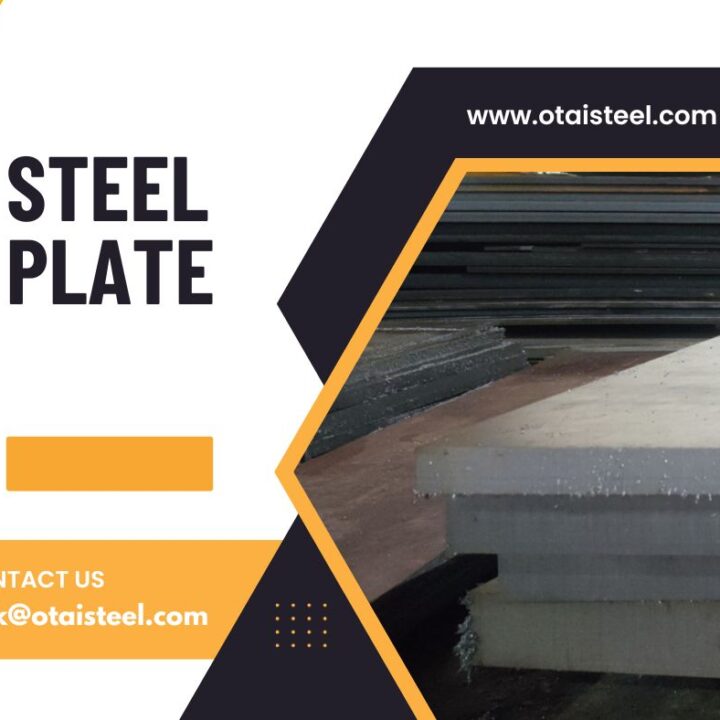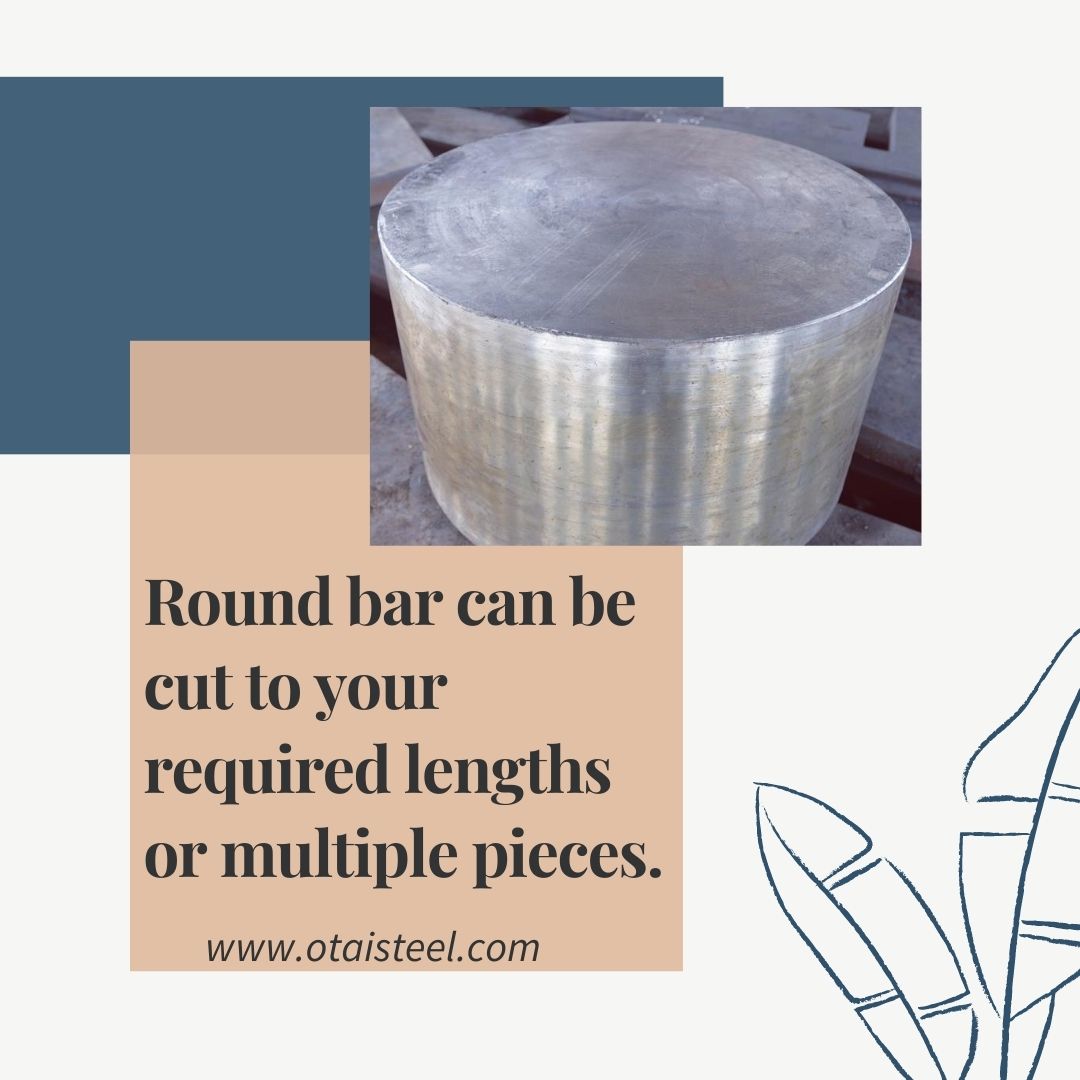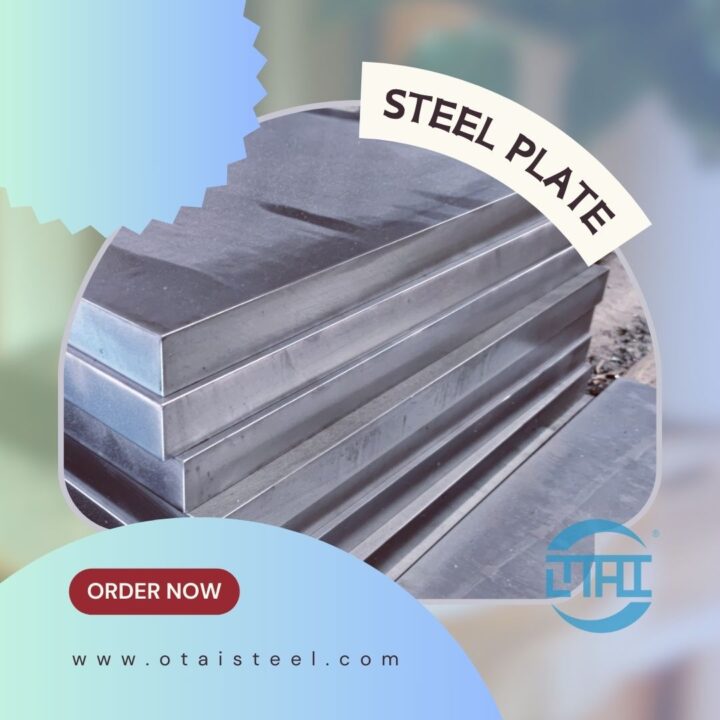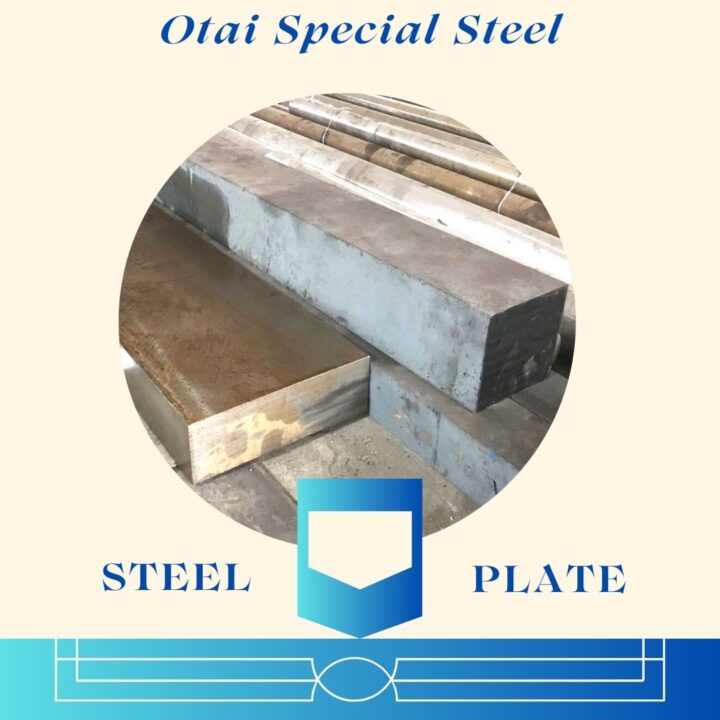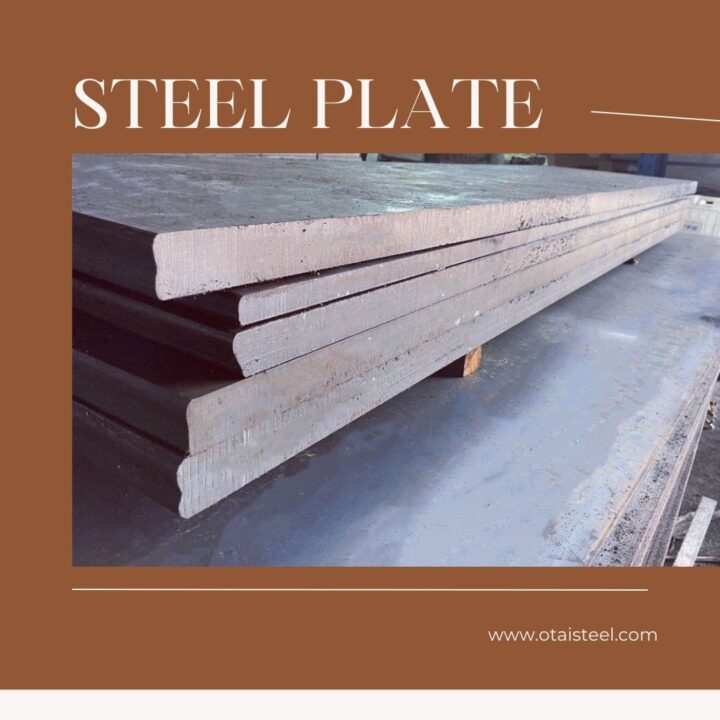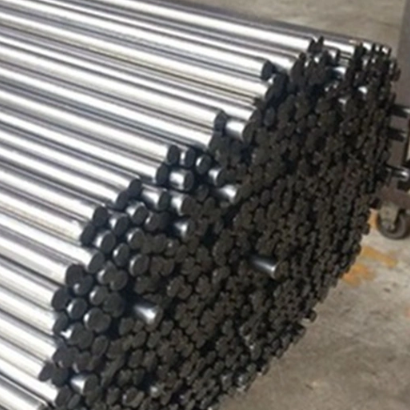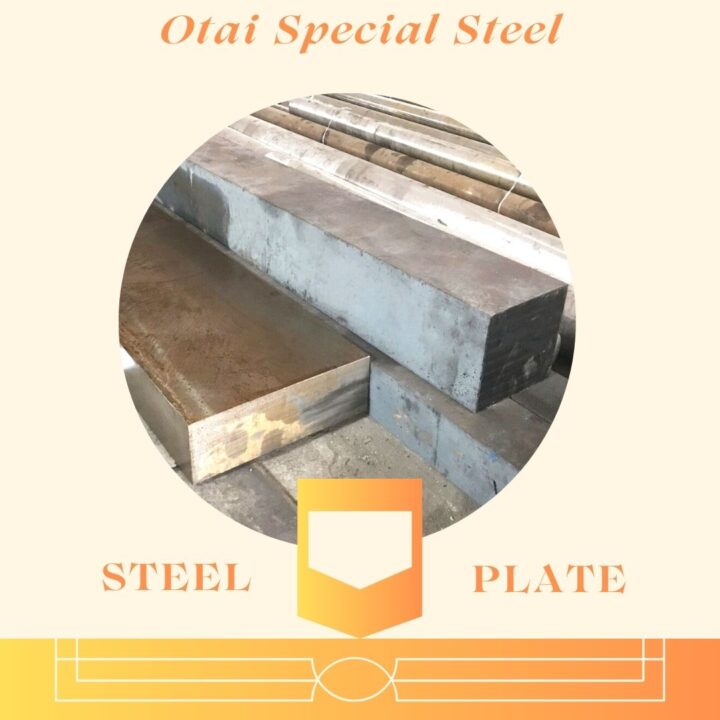Carburizing is a heat-treatment process that introduces carbon into the surface layer of steel, enhancing its hardness and wear resistance. When it comes to 8620 alloy, a widely used low-alloy steel, carburizing can significantly elevate its performance in applications where wear resistance is critical. This guide outlines the steps and considerations for carburizing 8620 alloy to achieve maximum wear resistance.
*1. Material Preparation:
- Begin with a clean and well-prepared 8620 alloy component. Remove any contaminants, oxides, or scale from the surface to ensure uniform carburizing. This step is crucial for the effectiveness of the carburizing process.
*2. Selection of Carburizing Medium:
- Choose an appropriate carburizing medium. Common media include gas, liquid, or solid carburizing compounds. Gas carburizing, using atmospheres rich in carbon, is a popular choice for 8620 alloy due to its efficiency and control over the process.
*3. Preheating:
- Preheat the 8620 alloy component to an elevated temperature before introducing it to the carburizing atmosphere. Preheating minimizes thermal shock during the carburizing process and ensures uniform carbon diffusion into the material.
*4. Carburizing Temperature:
- Carburizing temperature is critical for achieving optimal results. For 8620 alloy, temperatures typically range between 850°C to 950°C (1562°F to 1742°F). This range allows for the diffusion of carbon into the surface layer while avoiding excessive grain growth.
*5. Carburizing Time:
- The duration of exposure to the carburizing atmosphere, known as carburizing time, is a crucial parameter. Longer times generally result in deeper and more uniform carbon penetration. However, it’s essential to balance time to achieve the desired case depth without compromising core properties.
*6. Quenching:
- After the carburizing cycle, the component is rapidly cooled through quenching. This step “freezes” the carbon-rich layer, transforming it into a hardened, wear-resistant surface. The choice of quenching medium, such as oil or water, influences the final hardness and microstructure.
*7. Tempering:
- Following quenching, temper the carburized 8620 alloy to relieve internal stresses and enhance toughness. The tempering temperature and duration are crucial for achieving the desired combination of hardness and toughness.
*8. Case Depth Control:
- Controlling the case depth is essential to tailor the material for specific applications. Case depth is influenced by factors like carburizing time, temperature, and carbon potential. Achieving a balance ensures a wear-resistant surface without compromising the core’s mechanical properties.
*9. Quality Control:
- Implement quality control measures throughout the process, including monitoring carburizing atmospheres, ensuring uniform heating, and conducting hardness tests. Quality control ensures the reliability and consistency of the carburized 8620 alloy components.
*10. Post-Carburizing Treatments:
- Depending on the application, consider additional treatments like shot peening or surface coatings to further enhance the wear resistance and fatigue strength of the carburized 8620 alloy.
Carburizing 8620 alloy is a well-established method to enhance wear resistance, providing a hardened surface while maintaining a ductile core. By carefully controlling the carburizing parameters, quenching, tempering, and post-treatment processes, engineers and metallurgists can optimize the performance of 8620 alloy for various demanding applications, including gears, shafts, and other components subjected to wear.
